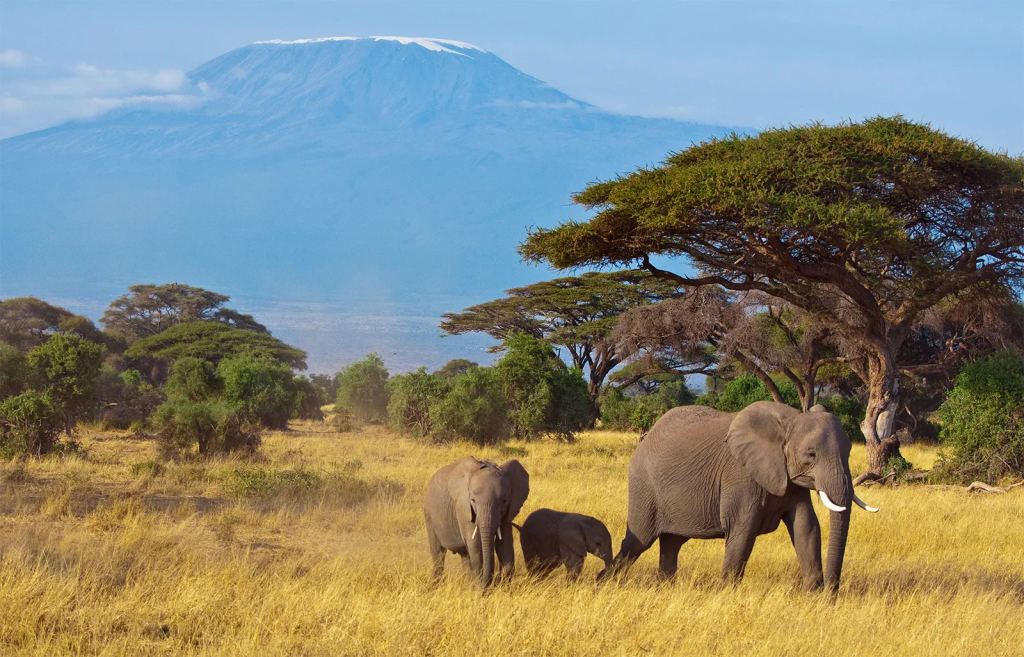
Rewilding is gaining momentum as a crucial conservation strategy aimed at restoring ecosystems and reviving endangered species. This approach focuses on reintroducing native species into their natural habitats, which have been significantly altered or degraded by human activities.
One notable example is the reintroduction of wolves into Yellowstone National Park. In the mid-1990s, wolves were reintroduced after being absent for nearly 70 years. This move not only helped control the population of elk, which had become overabundant and were damaging vegetation, but also restored the balance of the ecosystem. The presence of wolves has led to increased biodiversity, including the recovery of various plant species and the return of other animals.
Another successful rewilding effort is the reintroduction of the Iberian lynx in Spain. Once on the brink of extinction, this elusive feline has seen its numbers increase thanks to dedicated conservation projects. These projects involve habitat restoration, prey management, and breeding programs to ensure the lynx’s survival.
Rewilding initiatives also extend to marine environments. For instance, the restoration of kelp forests and the reintroduction of species like sea otters and sharks are crucial for maintaining healthy marine ecosystems. These efforts not only benefit individual species but also enhance the overall resilience of ecosystems to environmental changes.
Despite these successes, rewilding faces challenges, including habitat fragmentation, climate change, and human-wildlife conflicts. However, continued research, funding, and community involvement are essential for advancing these efforts and ensuring that endangered species can thrive in their natural habitats once again.